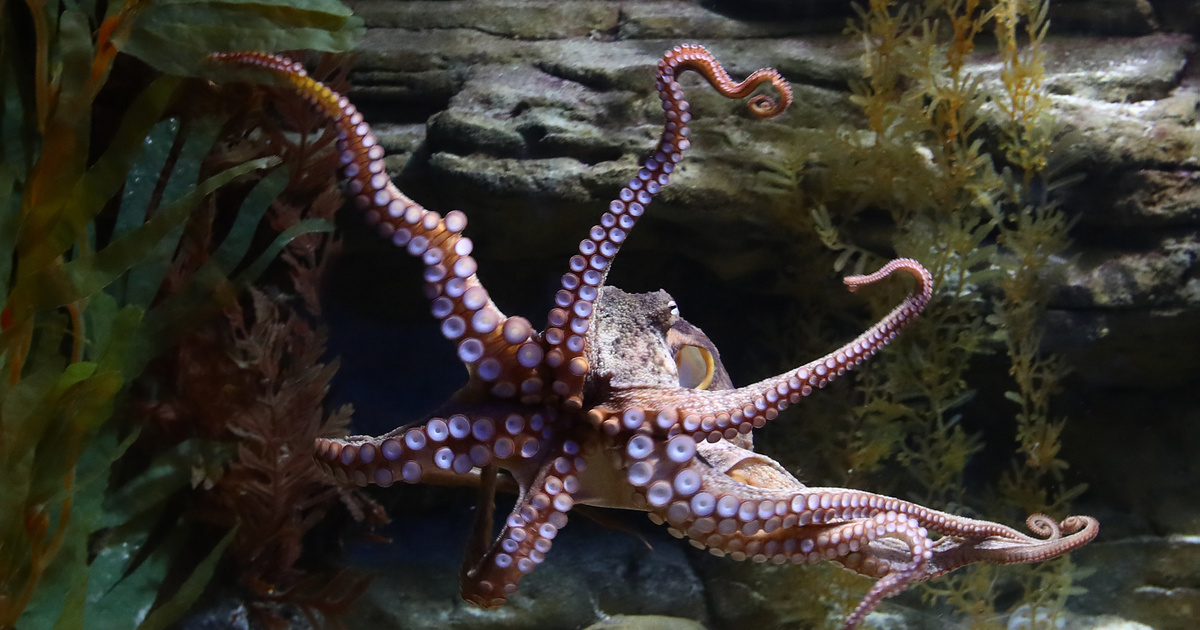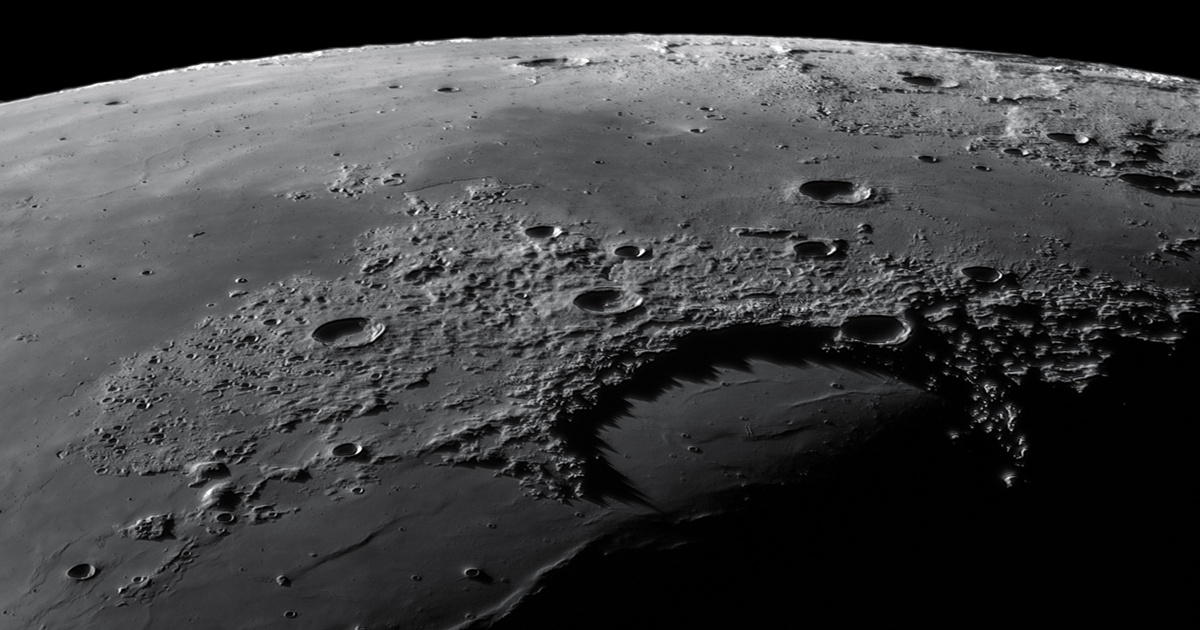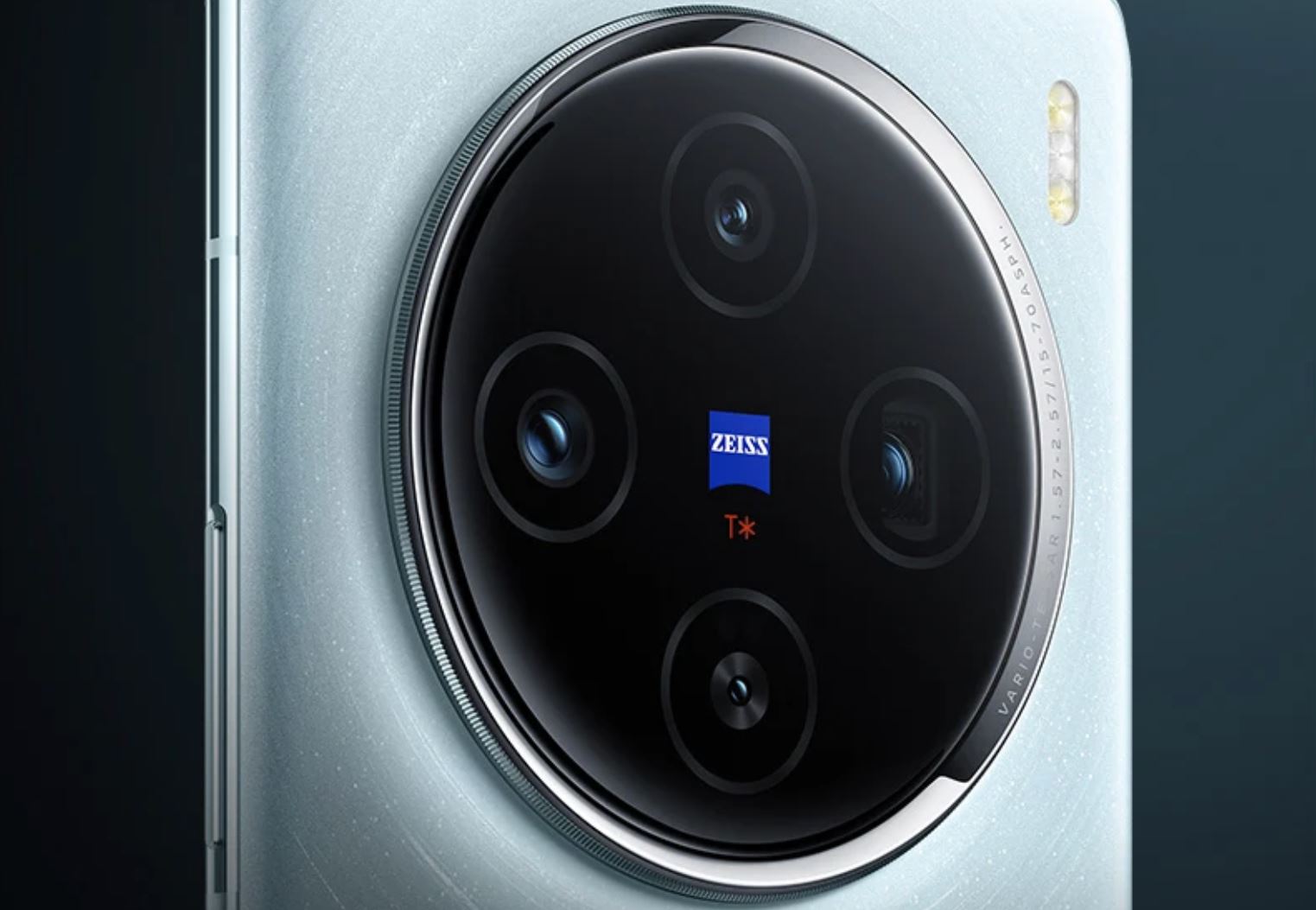Jupiter's Great Red Spot (NVF) is the largest and most famous cloud vortex in our solar system, and we don't have much information about its age. Even in 1665, Cassini detected a dark oval spot in the same latitude region where the NVF is located, but we cannot know for sure if it is the same phenomenon.
This oval shape known as the “permanent spot” could only be observed until 1713 using not very good telescopes of the time. However, the NVF did not appear until more than a hundred years later, in 1831, when the first unambiguous observations about it were made.
Pictures in order:
– Cassini on it from its permanent place, from 1672
– Schwabe's drawing of the Great Red Spot and its surroundings, from 1851
– 1879 photograph of the Great Red Spot
– 1890 photograph of the Great Red Spot
Source: Geophysical Research Letters
One A group of Basque researchers He evaluated and modeled whether the permanent spot known from early observations and the Great Red Spot could be the same. Their results are a Geophysical Research Letters Published in a magazine.
The size of the NVF is currently decreasing, as we know well from several decades of observations, but the reason is not clear. For this reason, it would also be good to know the origin of the spot and understand its cause and the reason for its changes. Researchers have now, on the one hand, examined all observational data generated in modern and historical times and, on the other hand, have tried to explain the functioning of the spot(s) and the properties of their environment using supercomputer model calculations.
They followed the changes in the size, shape and movements of the permanent spot and the NVF based on observations, and concluded that the two spots could not be the same, that is, the spot seen by Cassini in the 17th century did not exist after one.
Changes in position in recent decades in Hubble images.
Source: NASA and European Space Agency
In 1879, the NVF was still an elongated oval shape 39,000 km long, but it has shrunk significantly since then, and today it is only 14,000 km long and has become much rounder. Measurements conducted by the Juno spacecraft also revealed that the spot is very shallow, extending only 500 kilometers.
An essential element for the formation of such storms is the very strong winds (150-180 kilometers per hour) that accompany the latitudinal belts. The winds of each region blow in opposite directions, causing massive wind shear in the convergence zone. This is where eddies can originate, from which the Great Red Spot and similar phenomena can eventually be born.
Image of the Juno spacecraft
Source: NASA/JPL-Caltech/SwRI/MSSS/Gerald Eichstädt/Seán Doran
During the modeling, a region was created on the border of these winds, which was very long at first, then gradually contracted and became rounded, just like the Great Red Spot according to observations. It turns out that if the rotation of the emerging spot is slower than the speed of the wind blowing around it, the spot cannot remain, but rather disintegrates.
In the future, the researchers want to perform more simulations, to find out why and how the NVF shrinks. They would also like to make some sort of prediction as to whether the spot can remain or whether it will dissolve if it reaches a lower size limit as it shrinks. According to the researchers, this may have happened with the permanent spot discovered by Cassini more than 350 years ago.























![Like a Dragon: Yakuza Pirate in Hawaii: Here's the game trailer and everything we know about gameplay! [VIDEO] Like a Dragon: Yakuza Pirate in Hawaii: Here's the game trailer and everything we know about gameplay! [VIDEO]](https://thegeek.hu/wp-content/uploads/sites/2/2024/09/thegeek-like-a-dragon-pirates.jpeg)






















